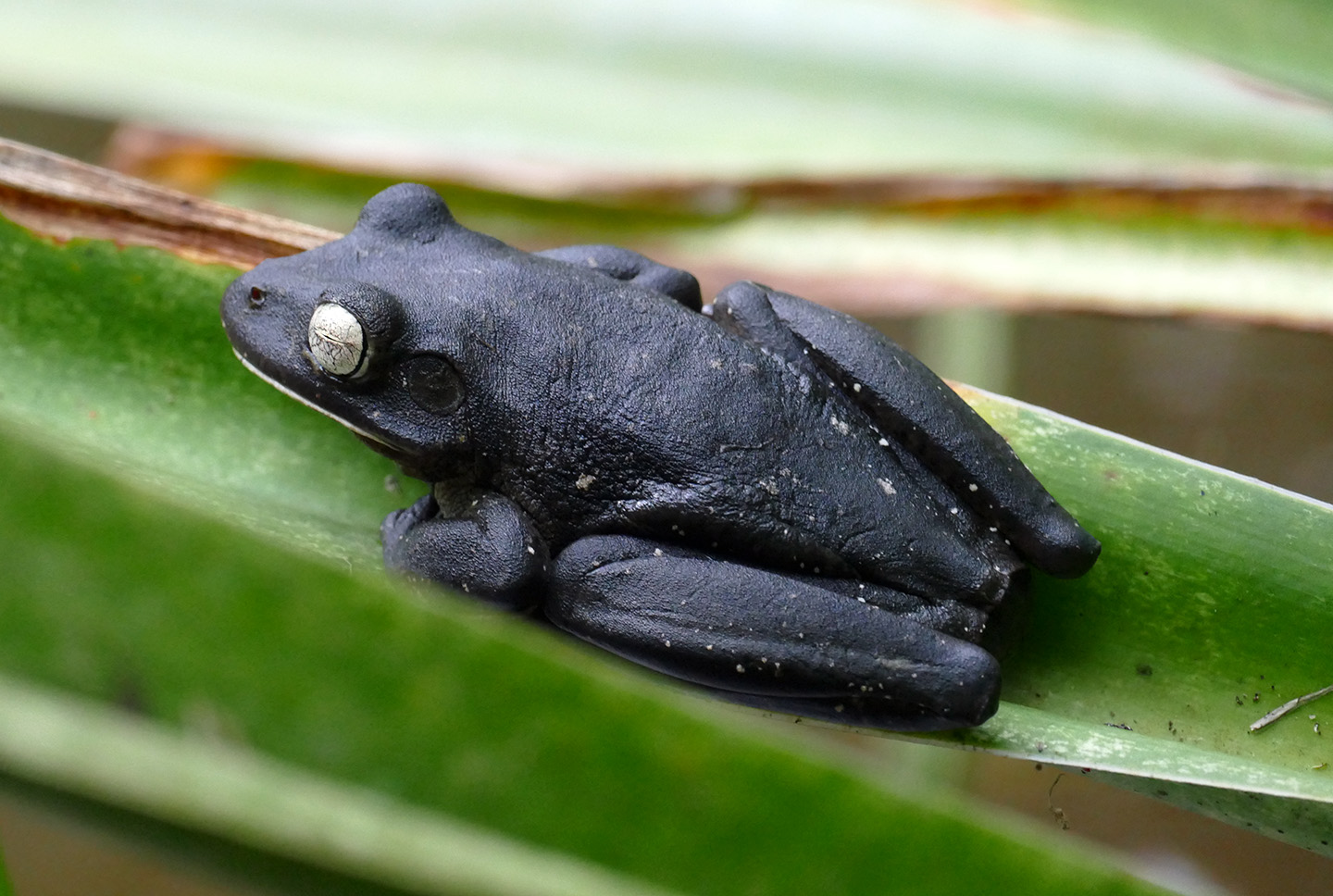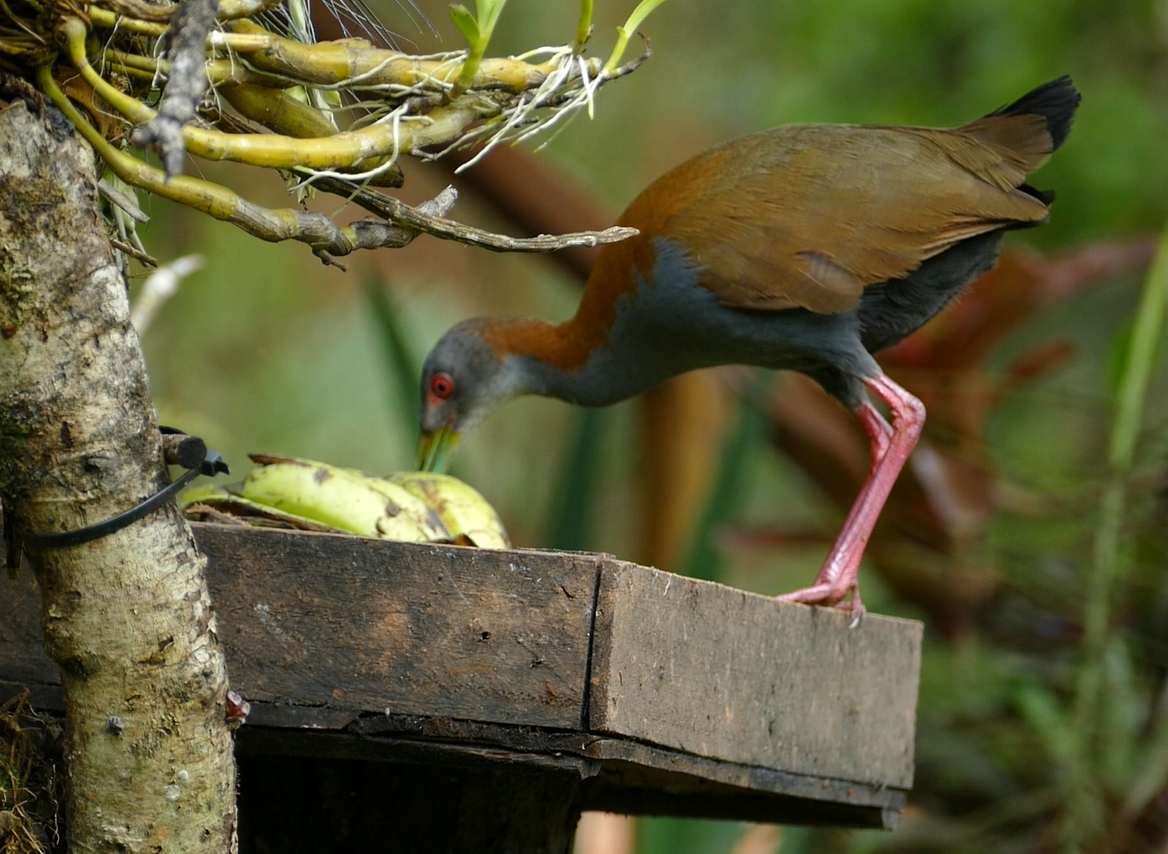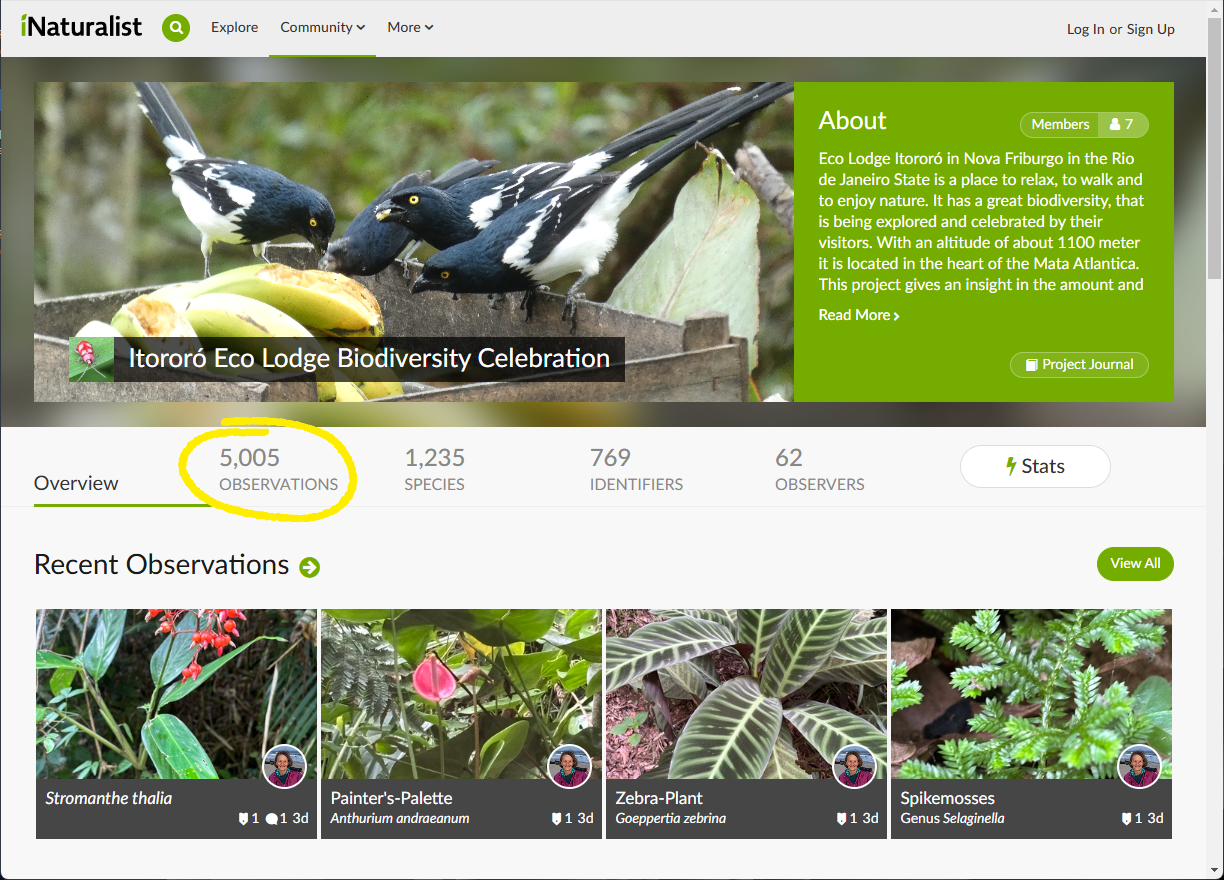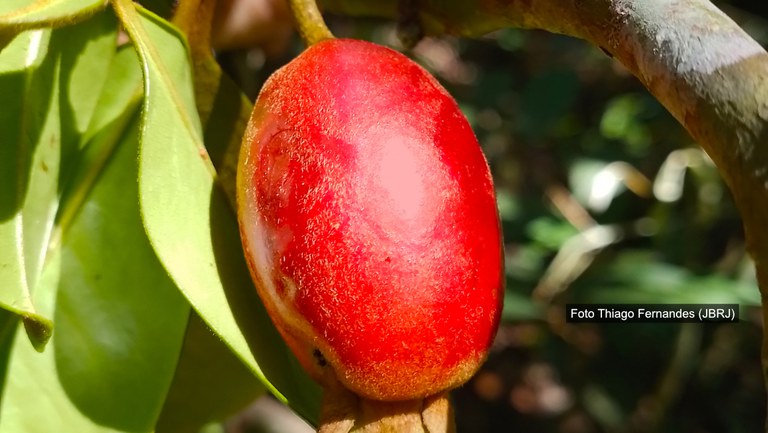
A recent and fascinating discovery in Brazil’s Atlantic Rainforest has captured the attention of researchers and nature enthusiasts alike: the Guapiaçu cherry. This fruit-bearing tree, scientifically named Eugenia guapiassuana, was identified in the Guapiaçu Ecological Reserve (REGUA), located in Cachoeiras de Macacu, Rio de Janeiro, and was named in honour of the region where it was found.
The Guapiaçu cherry stands out due to its large pink flowers, which contrast with the typically small white flowers of other species in the Eugenia genus. The tree is deciduous, losing all its leaves during flowering, making it visually striking, especially with its showy pink crown.
The fruits of this species are bright red with juicy orange pulp, noted for their strong aroma and slightly acidic taste. However, the Guapiaçu cherry faces a critical risk of extinction due to its rarity and the degradation of its habitat, primarily driven by urban expansion and agricultural activities.
This discovery, published in the Kew Bulletin, resulted from a collaboration between the Botanical Garden of Rio de Janeiro, the State University of Rio de Janeiro, the Federal University of Ceará, and Sítio E-Jardim, with technical and logistical support from REGUA.
The Guapiaçu cherry is yet another example of the rich biodiversity of the Atlantic Rainforest, highlighting the importance of preserving this unique ecosystem to prevent species like this from being lost forever.
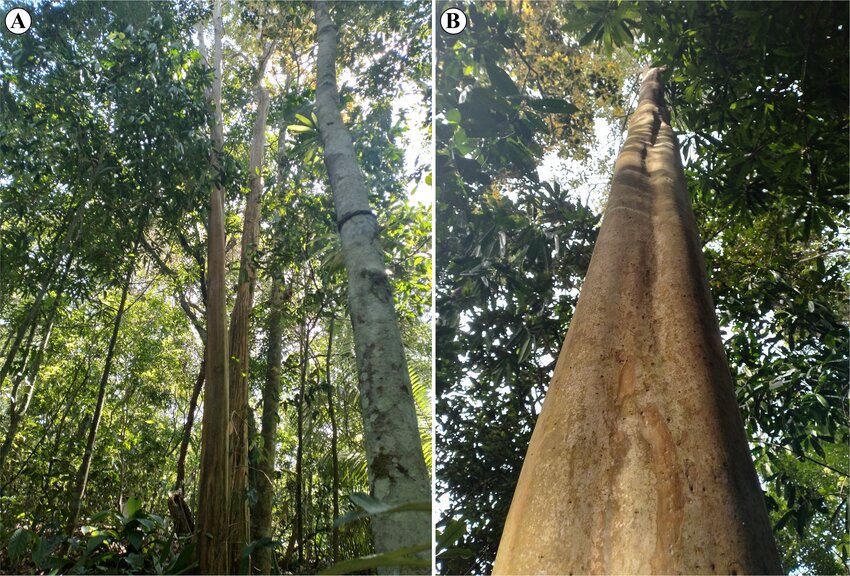
Eugenia guapiassuana in its natural habitat. Photos: Thiago Fernandes [source]
